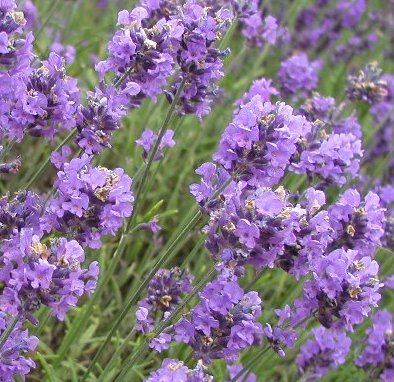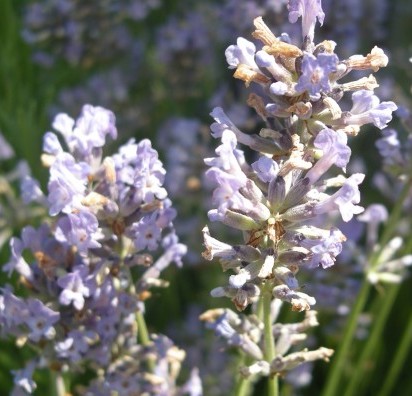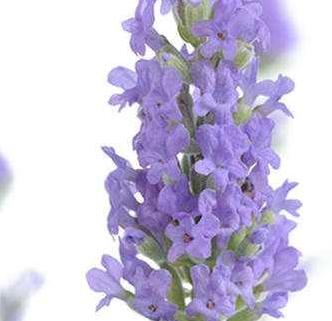-(Cape-Lavender).png)
-(Cape-Lavender).png)



Botanical name Lavandula angustifolia
Family Lamiaceae
Source Flower
Origin South Africa
Processing Method Steam Distillation
Color/Consistency A thin, clear, colourless to pale yellow liquid.
Aromatic Summary / Note / Strength of Aroma A top note of strong aroma, Lavender Population has a rich floral scent that is somewhat fruitier, mellower and less camphoraceous than Lavender 40/42, and it smells more like fresh lavender.
Blends With Bay, Bergamot, Chamomile, Citronella, Clary Sage, Geranium, Jasmine, Lemon, Mandarin, Orange, Palmarosa, Patchouli, Pine, Thyme, Rosemary, Rosewood and Ylang-Ylang.
Product Abstract
Spike Lavender, and with a high percentage of 1,8- Cineole and Camphor, this species of Lavender stands out amongst the rest. These constituents are often likened to oils such as Eucalyptus, Peppermint, and Ravintsara, and have similar benefits, such as helping to relieve coughs, clear congestion, and promote easy breathing. With its high percentage of Linalool, Spike Lavender is also frequently used for its stress relieving, pain reducing, headache helping, and anti-inflammatory properties. The aroma of Spike Lavender is a combination of both traditional Lavender, and the sharp, medicinal, camphoraceous aroma of Eucalyptus.
History
The term “Aromatherapie,” or Aromatherapy in English was created by French chemist, René-Maurice Gattefossé, in the early 1900s. Gattefossé became the poster child of Lavender essential oil. His name and famous incident are well known amongst aromatherapists. One day, while Gattefossé was working in his lab, his hand was badly burned by an explosion that occurred. Gattefossé was able to successfully treat the gangrene that resulted from the burn with Lavender essential oil. Following this event, Lavender essential oil has been researched and studied a multitudinous amount of times.
Harvesting/Extraction Information
Lavender oil is extracted mostly from the flowers of the lavender plant, primarily through steam distillation. The flowers of lavender are fragrant in nature and have been used for making potpourri for centuries. Traditionally, lavender essential oil has also been used in making perfumes. The oil is very useful in
Common Usage
Caution
As with many other essential oils, pregnant and breastfeeding women should avoid using lavender essential oil. It is also recommended that patients with diabetes stay away from lavender oil. It may also cause allergic reactions to people that have unusually sensitive skin. Some people may also witness nausea, vomiting, and headaches due to excessive use of lavender oil.
Key constituents
inalool 39.1% (25–38%)
Linalyl acetate 36.2% (25–45%)
(Z)-β-Ocimene 4.3% (3–9%)
Terpinen-4-ol 3.0% (1.5–6%)
3-Octanone 2.9% (2–5%)
β-Caryophyllene 2.6%
Lavandulyl acetate 2.5% (>1.0%)